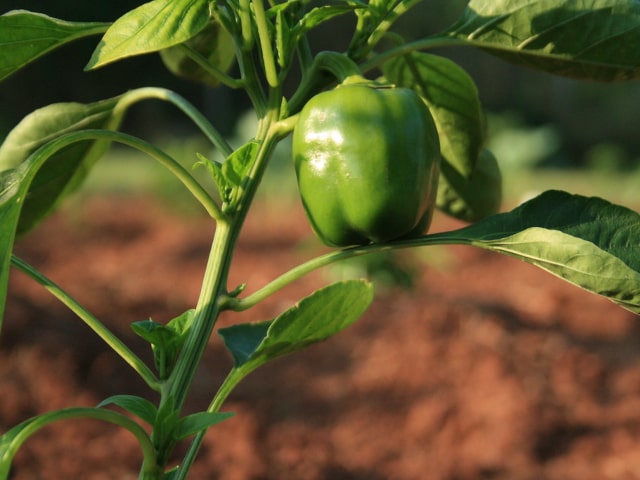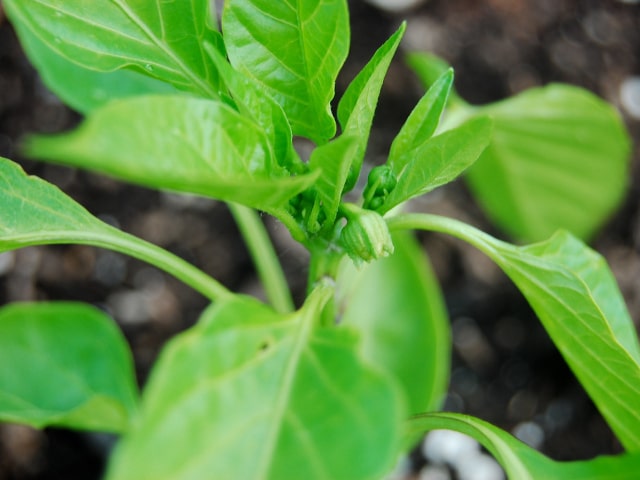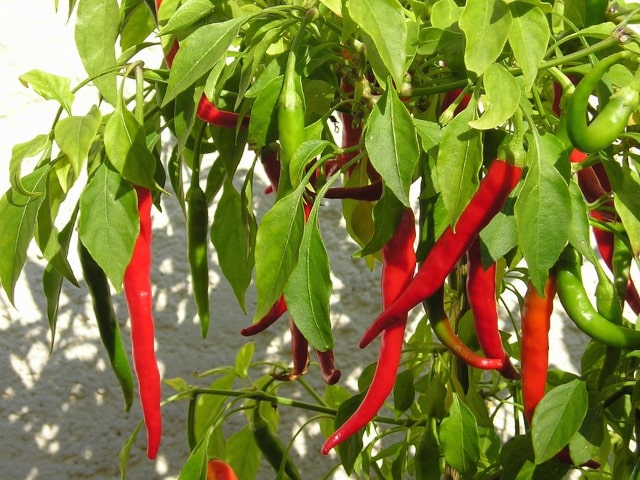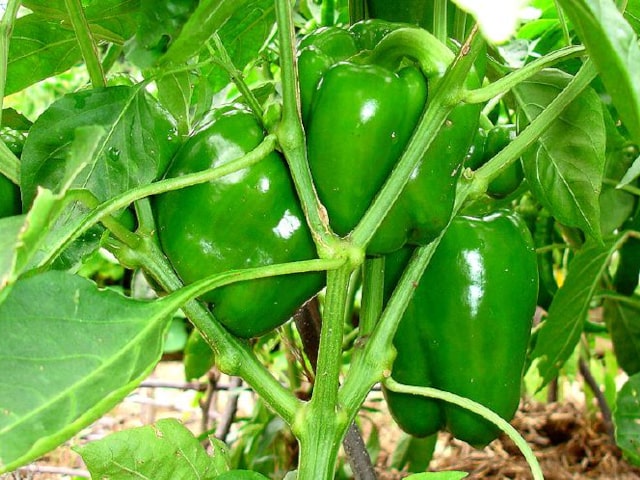
Bell peppers are great vegetables to grow in your garden. They come in many bright colors, such as red, green, yellow or purple. Bell peppers are very healthy so they make a great addition to your diet. They are packed with vitamin A and C.
These peppers are relatively easy to grow and even beginner gardeners can have them in the garden. While they are not the simplest vegetables to grow, it's manageable even for beginners to have nice bell peppers.
About Bell Peppers
Bell peppers are native to North America and they are used in many different ways. They are packed with vitamins and other elements, so they are very healthy to eat. Bell peppers are not just tasty but also very pretty. They come in numerous bright colors, such as red, yellow, green and purple. These bright colors are the reason that bell peppers are also often used for decoration.
Bell peppers are ready to be harvested in about 10 to 12 weeks after planting. It means that they take longer to grow from seeds than many other vegetables. However, the patience will sure pay off with these tasty peppers.
One advantage to these beautiful vegetables is that each plant gives multiple peppers. It means you will get a nice harvest and a lot of peppers even with only a few plants in the garden.
Bell peppers are typically grown in rows or as single plants. Each plant will produce four or more peppers if you take a good care of it during the growing season.
To get this plentiful harvest, make sure to use fertilizer and to give your bell peppers proper care. It will pay off: you will get plenty of tasty, beautiful peppers you can use in many different ways.
Growing Tasty Bell Peppers
There are some tips you can use to make your bell peppers super-tasty. Use them and your bell peppers will be even better than you could ever imagine.
Here are some useful tips for tasty bell peppers:
- Make sure to prepare the ground before planting. Even before you put the plants or seed in the soil, make sure to turn the soil and add organic matter to it. Peat moss works great, but you may use other type of organic matter.
- Don't start from seed. While bell peppers can be started from seed, it's not the best way to go. These peppers have a long growing season, so it's best to get a head start on it. This is why it's much better to start your bell peppers from seedlings. Buy bell peppers that are 4 to 6 inches tall and plant them. In case you choose to start bell peppers from seed, make sure to plant the seed about one inch in the ground and three inches apart in rows or seed starter containers. It will give them enough space to grow properly.
- Know when to transplant. For tasty and healthy bell peppers, it's important to know when to transplant the seedlings to your garden. In case you have started bell peppers form seed, or if you started from small seedlings, wait until your peppers are about 4 to 6 inches tall before transplanting them to your garden. It's also important to wait until the frost has passed. It's best to transplant during a cloudy day or during the evening. It will prevent wilting. To do proper transplanting, create small wells, fill them with water and allow them to soak into the ground before transplanting bell peppers. These small wells will help retain the moisture when the plants are watered.
- Water properly. It's important to water your bell peppers often so they don't wilt. If you allow them to wild they will lose their yield and quality. These peppers will be edible but not as tasty as strong, healthy peppers.
- Know when to harvest. Bell peppers are ready for harvest when they are shiny and firm. It will happen about 8 to 10 weeks after transplanting. Keep in mind that the more you harvest, the more peppers will grow. If you allow peppers to remain in the plant, they will turn from green to yellow, red or purple. This will not affect the taste too much but it may be important for getting all those bright colors you may wish to achieve.
Additional Tips
Here are some additional tips for growing bell peppers:
- Peppers grow best in warmer seasons. They require at least 6 hours of sunlight per day. It's therefore important to grow them in areas of the garden that get full sun, if possible.
- Bell peppers are prone to some diseases, especially in milder climates. To prevent this problem, make sure to inspect your plants regularly for spots, which are typically caused by bacteria and fungi. Spots on leaves can be remedied with a treatment of sulfur, neem oil or other types of fungicides. Before using any fungicide on your plants, read the label carefully to learn about proper dosage and safe application.
- Bell peppers may also suffer from pests. They tend to attract numerous insects. Pests can affect the plant growth. Typical pests that attack bell peppers are flea beetles, lead miners and aphids. To get rid of them, use some of the effective fungicides. It's always best to use organic fungicides such as sulfur and Bt-based products. Like with fungicides, it's important to read all the labels carefully to know how to apply them properly.
- Keep in mind that once harvested, bell peppers should be stored in a refrigerator. They will be good for about three days. You should consume them during this period, either by cooking them, eating them fresh or processing them in a different way. If you want your bell peppers to last for longer, cut them and freeze them for later use. Just make sure to do it not later than three days after the harvest, while they are still fresh.
Photo credit: Ken Cook




0 Comments